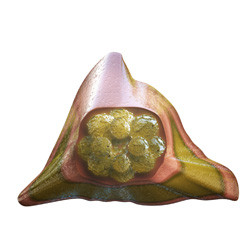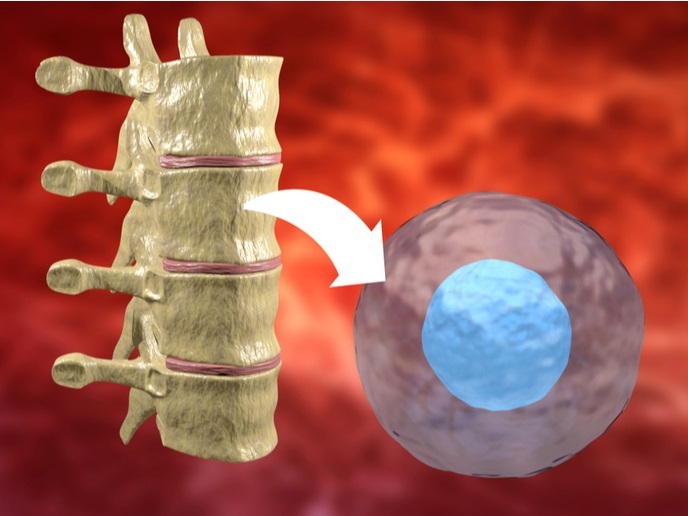Optimising bone marrow transplant
Haematopoietic stem cells (HSCs) are stem cells obtained from blood or bone marrow that can differentiate into desired cell types. BMT entails delivery of autologous or allogeneic HSCs into patients after chemotherapy. However, the limited availability of suitable donors and the low engraftment levels necessitate HSC expansion prior to BMT. Certain cytokines can maintain the number of HSC in culture but significant expansion will require discovery of novel factors. The EU-funded 'Identification of novel factors to expand hematopoietic stem cells in vitro' (NOVEXPAND) project set out to identify new factors that could increase the proliferation of immature HSC. To achieve this, they looked into embryonic stem cells that inherently express numerous stem cell regulators. Using microarray technology, researchers identified two molecules (Cripto and Dppa5) that were differentially expressed between undifferentiated and differentiated human embryonic stem cells. Cripto — known for its proliferative impact on embryonic stem cells — increased hematopoietic progenitors and the ability of HSC to engraft in vivo. Additionally, Cripto localised in the HSC niche and its mode of action involved the recapitulation of the bone marrow microenvironment, inducing metabolic activity in HSCs. Transplantation of HSCs with reduced RNA-binding factor Dppa5 levels resulted in significantly lower engraftment. Researchers thus demonstrated that Dppa5 is central for maintaining HSC function by reducing cellular stress in HSCs. Both Cripto and Dppa5 molecules demonstrated a capacity to maintain or expand HSCs in culture. Implementation of this knowledge in adult BMT could improve the clinical applicability of cord blood samples and improve efficacy of BMT.







